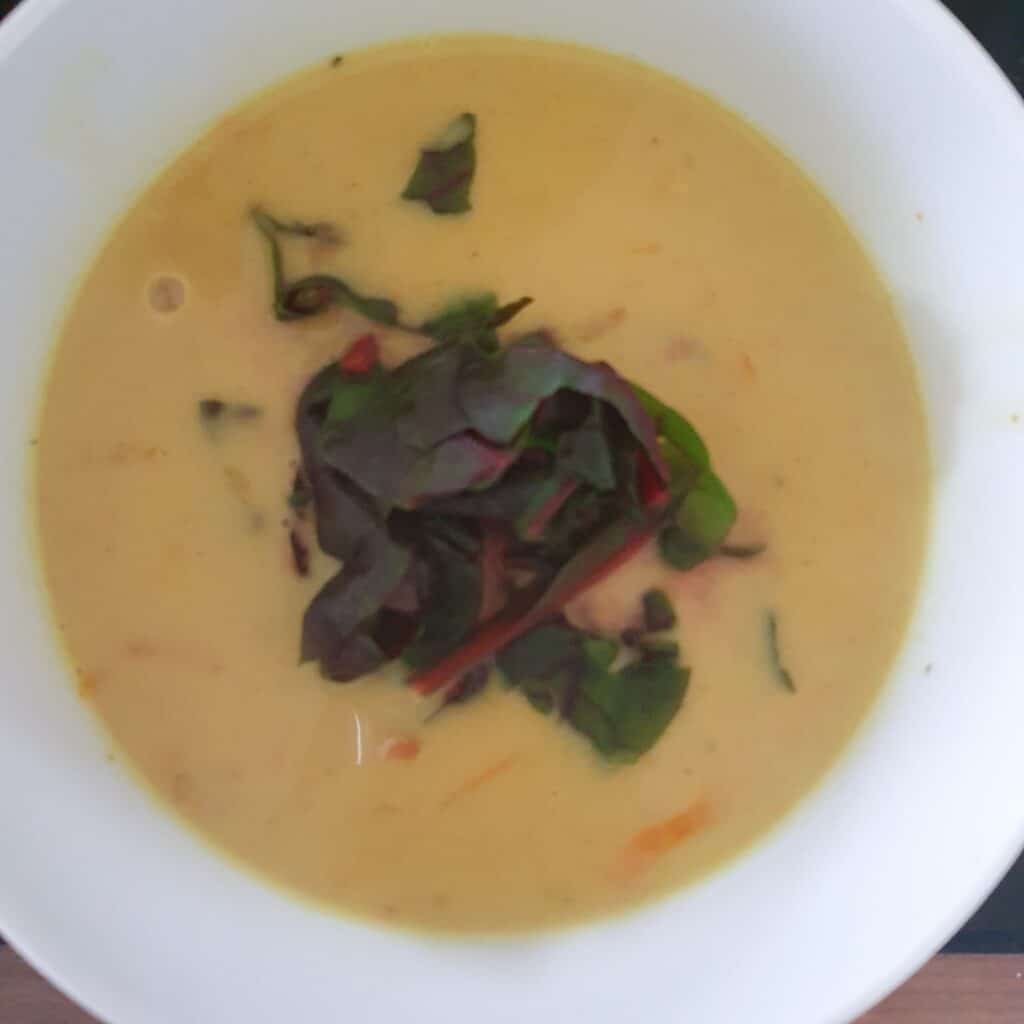Purge-fection: 3 Processes, Resources and Reasons for Downsizing or Decluttering

Enjoying life’s second half is more about presence and experience and less about the stuff we’ve stockpiled along the way. With our Golden Years in sight, now is the perfect time to lighten our load, pare back and purge so we can focus on the things that matter. But how? Whether it’s your own decluttering project or the painful task of unloading a loved one’s prized horde, stuff-lessening can be manageable if you implement a few simple processes.
Getting Down to These 3 Decluttering Processes
Let’s dive into a few of them here:
Identify Your Clutter
Take account of the contents you’re storing in each drawer, closet, bin and storage unit. Do this at a manageable pace but get a sense of what you have.
Do the Sorting Game
Sort your items in each venue into piles, including ones for valuables, meaningful keepsakes, practical items that you use frequently, donatable items, salable items, objects in which loved ones have expressed an interest, photos/videos, and trash.
Create Action Plan
Then approach each pile with an action plan. For valuables you wish to keep, put them in a safe place and write a note on each as to why they are special. This will be a big help to loved ones down the road! Do the same for meaningful keepsakes and remember that you only need to keep a few of them – not all of them!
Put practical, daily-use items back in their rightful place. Put the donatable items into bags or boxes and take them directly to the donation center of any organization that will accept them.
Consider whether you will use an estate sale or auction company to market your salable pieces, or if you will stage your own virtual or in-person garage sale.
Give the pieces others want to them while you are living, and you can see how much they enjoy them! Send photos or videos to a company that will scan them to a drive or digitize the material yourself with a phone, camera or scanner.
Take your trash pile to the curb or call your community’s special collection number to have it hauled away.
The Resources You Will Need
You also will want to be familiar with the following kinds of organizations and resources:
- A “Got Junk?” or trash hauling company.
- The names and numbers of reputable estate sale and auction companies. Ask friends who have been there, done that.
- Organizations that accept donations. And be familiar with the kinds of items they will take, including mattresses, appliances and broken pieces if applicable. Learn which organizations will pick up donations from your house, and which ones require delivery of goods.
What Are Your Reasons for Decluttering?
But why do it, you might ask? Why go through all the trouble when it’s your stuff and it looks perfectly fine and squirreled away where it is? These thoughts may be on replay as you wade through stacks of children’s preschool artwork, sweaters you haven’t worn in years or your grandmother’s Hummel figurine collection. Why does it even matter anyway if my drawers are full, my closets are dense and my mini storage units are unbreachable? Let’s end with the three reasons why.
Mental Health Boost
First, decluttering is also good for our health. A University of Connecticut study indicates the following mental health benefits: better physical health and a boosted mood, a sharpened focus, energized productivity and relieved anxiety. “By removing or controlling clutter, we can directly reduce the stress that stems from the mess which can help us to feel happier, less anxious, and more confident in ourselves,” an article on the study detailed.
Keeping Clutter Is Expensive
Second, keeping copious amounts of useless stuff around is expensive. According to move.org, the average storage unit costs $180 a month. The best storage companies’ rates, the website says, are between $70 and $300 monthly. That starts adding up over time, and rates often go up every six months or so. Warehousing things that have no value or practical use is a waste of money, plain and simple.
Leaving an Ordered Home Is a Gift
Third, and most importantly, maintaining a purged home is a gift to the loved ones who will be left to manage our possessions when we’re gone. If you think getting rid of your own collection is challenging, remember it will be 10 times harder and more excruciating for your children, grandchildren, or friends to undertake. In addition to missing and mourning you, they will be heartbroken over this task.
As you may have discovered in your own purging, decluttering and paring back is physically and mentally exhausting. You don’t want this for your loved ones. Not to mention the trauma they must endure to get the job done may very well mar or alter the carefully curated legacy you designed for yourself. Be remembered as a loving, organized person who put the future experience of others before their own stuff dependence. Time to get purging!
Let’s Have a Conversation:
Have you started downsizing or decluttering your home during your second half? What’s hard about it, and what’s freeing? What are some things you’ve learned about the process?
Read More










